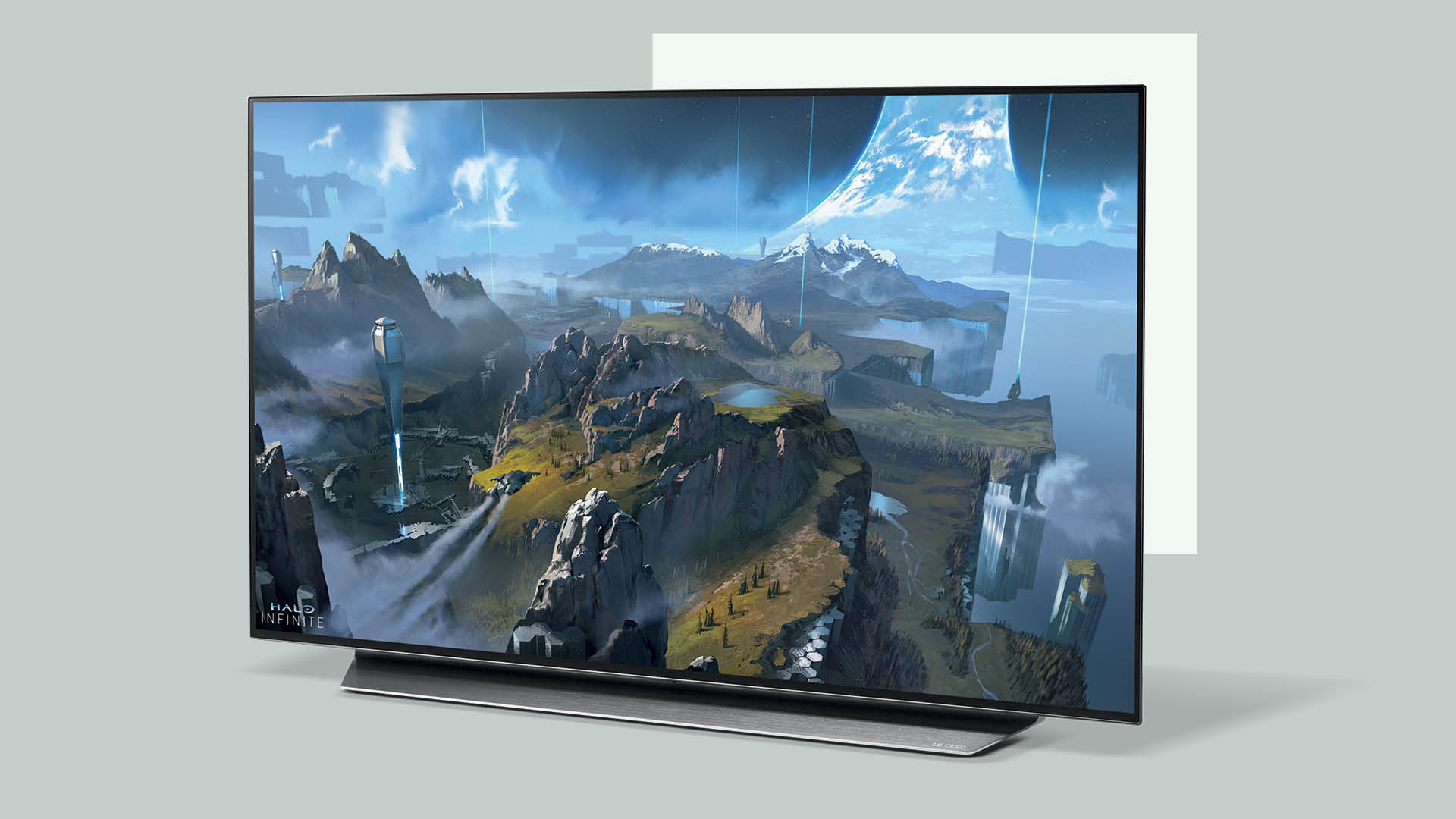If you’re looking to buy a or , you may well at some point come across the term 'input lag'. It’s sometimes measured in , and anyone serious about gaming wants lag to be as low as possible. But what is input lag, why is it important, and how much latency is acceptable? Read on to learn everything you need to know about input lag.
What is input lag? In general terms, input lag refers to the time that passes between sending an electrical signal and the corresponding action happening. However, input lag is primarily used in reference to video games and specifically the latency between the controller, the console, the display and any other part of the signal chain. Each element adds its own delay, some more than others, making the overall lag cumulative.

The majority of latency is unavoidable – you can't do much about your personal reaction speeds! – and for many it’s irrelevant because they aren’t serious about gaming. But any hardcore gamers looking for an advantage will go to extreme lengths to shave off a few milliseconds here and there. A wired rather than a wireless controller will reduce the delay by a bit, a faster internet connection lowers latency, and a PC with increased processing power may make you more competitive too.
The input lag that gets the most scrutiny is latency caused by the display, whether that’s a or monitor or a projector. This type of delay is a product of the time between a signal being sent to the display and that display showing it. T.

























